Hillary was the Hedgehog, Donald was Chicken Little
The fox knows many things, but the hedgehog knows one big thing. – Archilochus (680-645 BCE)
Four things you might remember:
- Isaiah Berlin’s famous essay, The Hedgehog and the Fox (1953) is a much used metaphor for profiling two types of thinking and it is based on the Ancient Greek writings of Archilochus.
- Jim Collins uses the metaphor for strategy in his groundbreaking book, Good To Great.
- The hedgehog out-foxes the fox, all the time.
- Chicken Little believes the “sky is falling.”
(2 minute read)
Last night in the first US Presidential debate an estimated 81.4 million viewers on 11 channels saw the stark contrast in the choice for President of the United States. And Canadians saw the two options for the next Neighbourhood Watch Commander. (Canadians get their own Munk Debate on Thursday Sept. 30, 2016, 7 pm, featuring Newt Gingrich and Laura Ingraham and speaking against the resolution will be Robert Reich and Jennifer Granholm).
At Hofstra University, the candidates’ performance reflected, in part, the two types of thinking that Isaiah Berlin’s insightful essay addresses. He divides thinkers into hedgehogs, who simplify the world into fundamental principles and organizing ideas; and foxes, who run and jump between fragmented thoughts and ideas, unable to organize their thinking into an integrated whole. Berlin characterizes many of history’s great thinkers as hedgehogs or foxes and sets out why he views Leo Tolstoy as a fox who tries to be a hedgehog but cannot restrain himself from his innate, fox-like traits.
On the debate stage, Trump swung from a braggadocio self-promoter (“my strongest asset by far is my temperament”) to a bloviating know-nothing (“we should have taken the oil”), running on with disconnected thoughts like a fox with his head cut off (or a chicken?). Clinton, on the other hand, was a fairly unflappable hedgehog.
Actually, there were two Trumps, one appearing fox-like at times but then he’d lurch into his Chicken Little strategy – fear-mongering. To characterize Trump as a fox is to give him too much credit. His cunning, for what it’s worth, is easily undermined by the smallest provocation, dig or slight – and the hedgehog got under his skin numerous times. He does not merit the fox metaphor because he does not “know many things,” which was painfully obvious.
Trump’s haranguing, negative rhetoric was like Chicken Little jumping up and down with a megaphone. And on the split screen he was, as Norman Ornstein, a scholar at the American Enterprise Institute said, “angry, rambling, fidgety and often simply incoherent.” His main tactic was to stoke fear with hollow, unsubstantiated comments – often outright lies (NYT counted 22) – like:
- “We have the greatest mess you have even seen.”
- “Stop-and-frisk worked.”
- African-Americans, Hispanics are living in hell because it’s so dangerous. You walk down the street, you get shot.”
- “We have gangs roaming the streets and in many cases, they are illegally here, they are illegal immigrants.”
- “We need law and order. If we don’t have it, we’re not going to have a country.”
The sky is falling might work if people think we’re in imminent danger and we need to be saved by a blustering, macho, white knight, a Donald Quixote tilting at windmills: all those murdering immigrants, Muslims, Russian hackers, “inner city hell,” China devaluing currency, Mexico building the world’s largest factories, ISIS, NATO and women who he calls “pigs” “dogs,” and “slobs.” It sounds cataclysmic but he seldom factually supports his claims. In his own words, “it’s all talk” – and no facts.
Never was there, perhaps, more hollowness at heart than at present, and here in the United States. Genuine belief seems to have left us. – Walt Whitman (1819-1892)
What Chicken Little Trump is bleating about has been a chorus of concern throughout American history and written and railed about for centuries. Walt Whitman, in much tougher times, “condemned the corruption and greed of the Gilded Age, denouncing the post-Civil War materialism that had overtaken the country.”
As Jim Collins sets out in Good To Great, a sound, long-term strategy for lifting a company from good to great requires a hedgehog, not a fox.[2] So too a nation.
Footnotes:
- The Greatest Minds and Ideas of All Time, Will Durant, p. 60
- Good To Great, Jim Collins, Chapter Five, p. 91


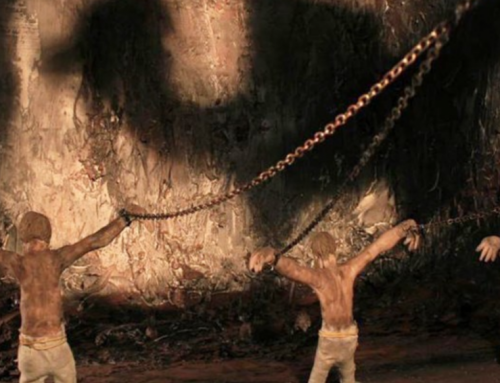
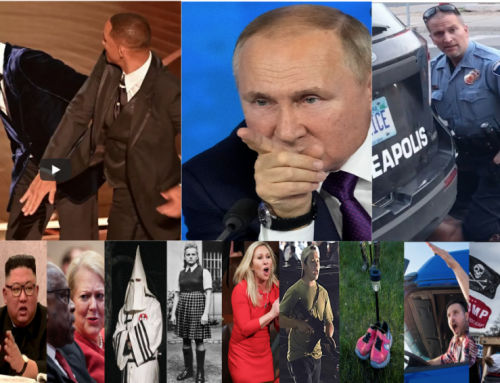
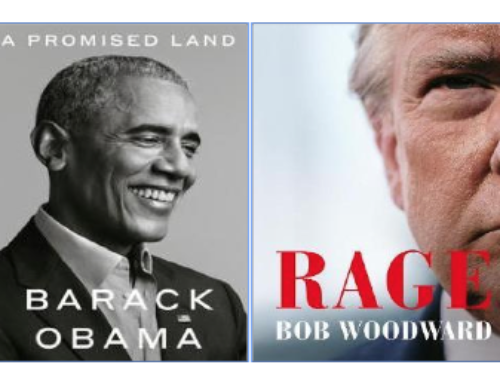
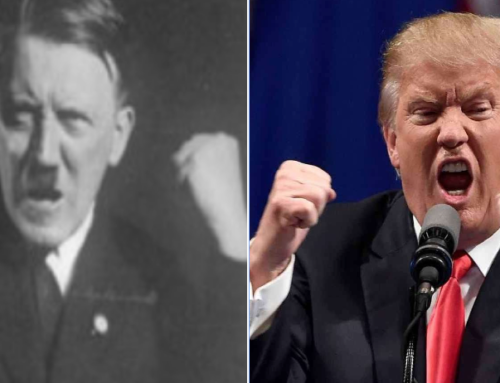
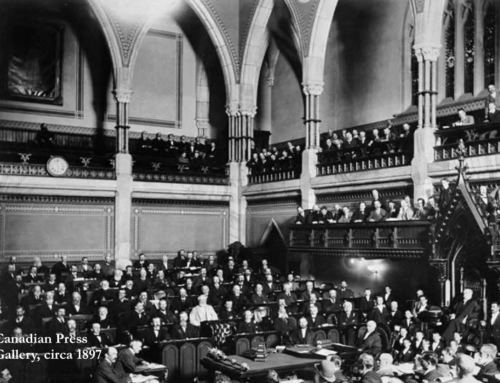
Leave A Comment